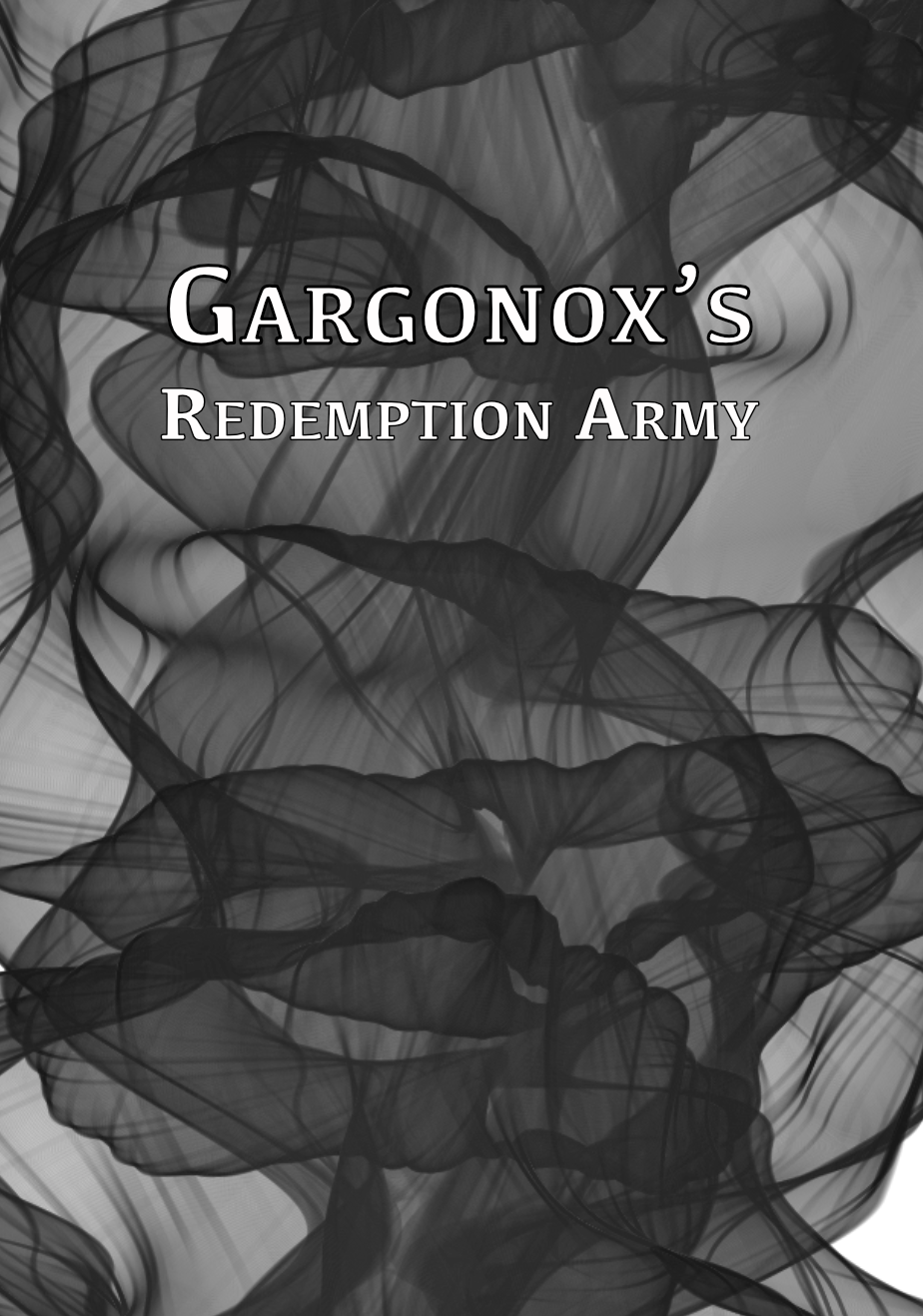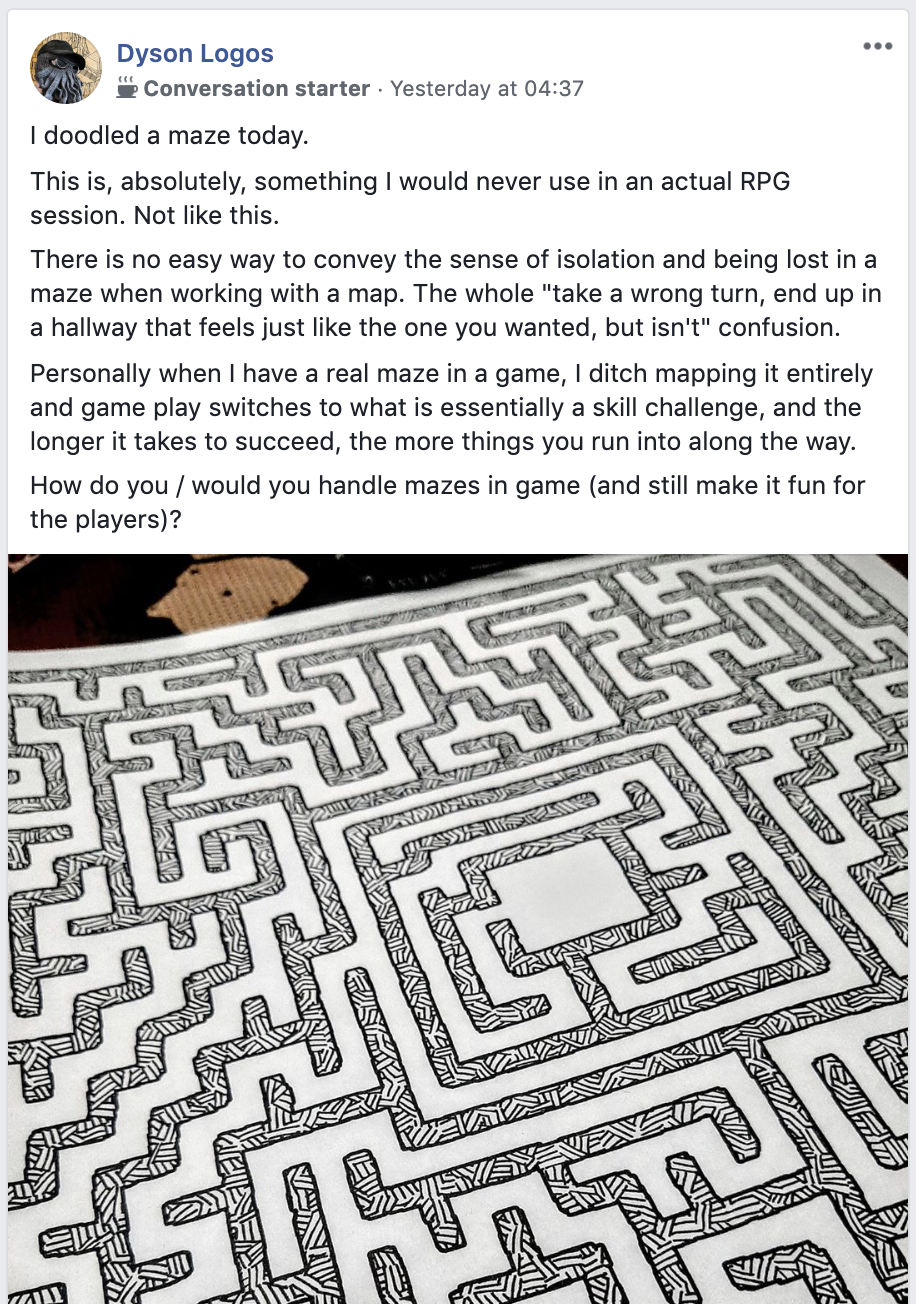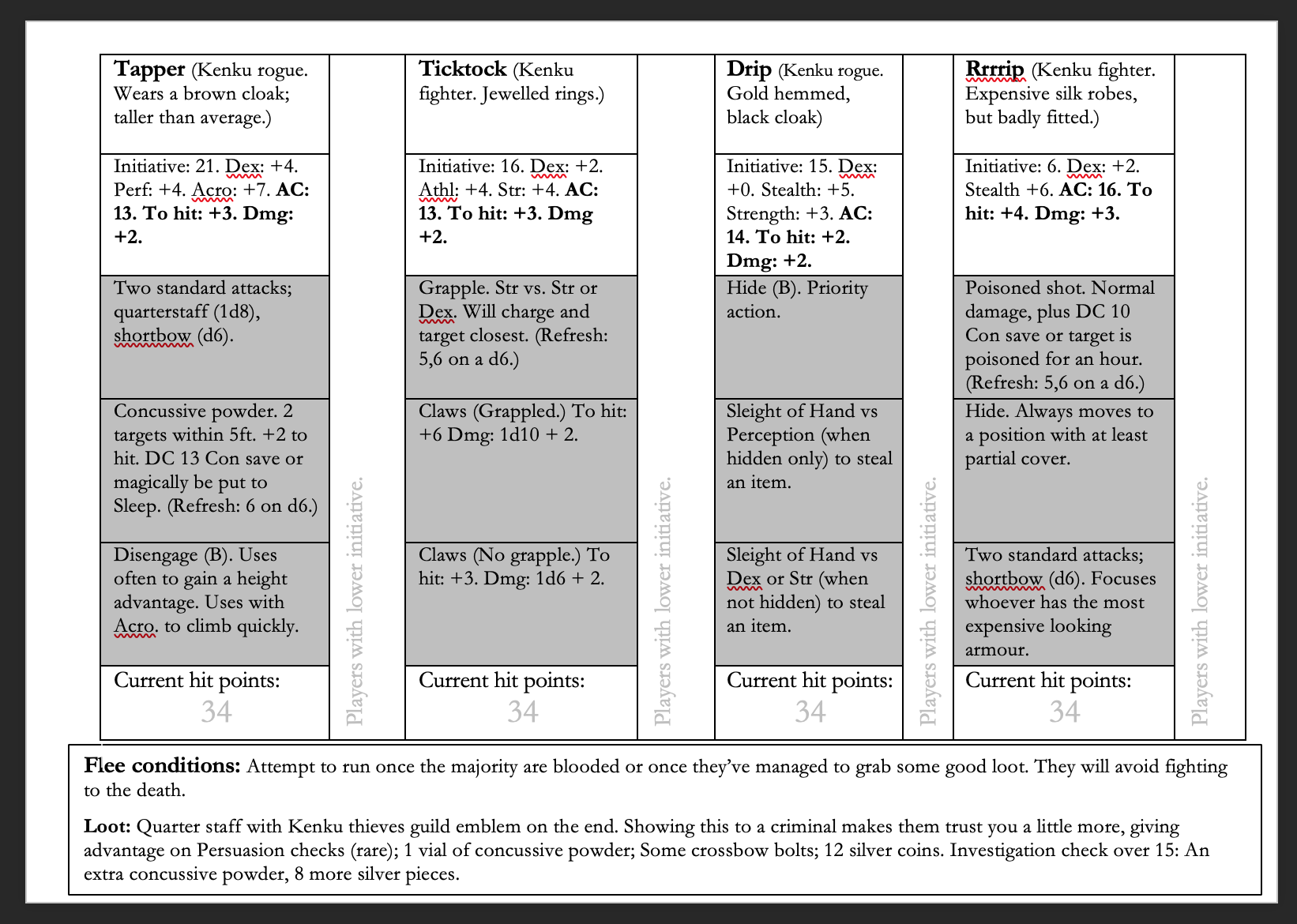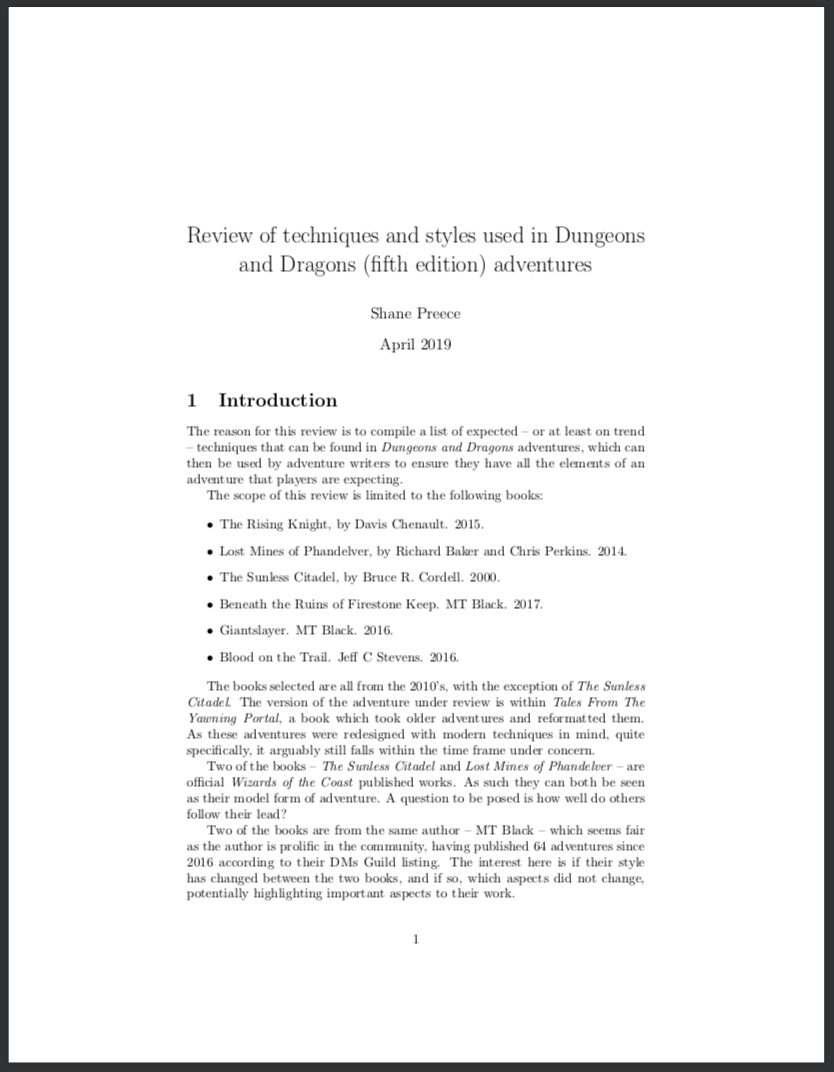Gargonox is a beholder… well, he used to be. He died a few thousand years ago, but still ticks along, trying with all his might to muster an army in the hopes that it’ll impress his mother, a medusa. The medusa actually. The first. Unfortunately… she’s long since forgotten about him.
It’s probably best if your party of level four or five adventurers put him out of his misery. You’ll be helping all the corpses stay in their eternal rest much more peacefully.
I wrote this adventure to play in the middle of Maze of the Blue Medusa, replacing one of the rooms, because I needed to take a break from the crawl, really. I also needed an opportunity to give them a few magic items, which went well.
I was hoping originally to put this on the Dungeon Masters’ Guild, but then realised that the Dyson map I’d built the adventure around wasn’t one of their commericial ones. So you get the adventure here, for free!
I pushed along anyway, because I wanted to play around with Affinity Publisher, which is lovely. I’d quite like to get better at design skills, so taking large gulps of inspiration from MotBM was the way I went. I hope you like the look of it.
There’s also a d40 random loot table, for those of you who enjoy them.




